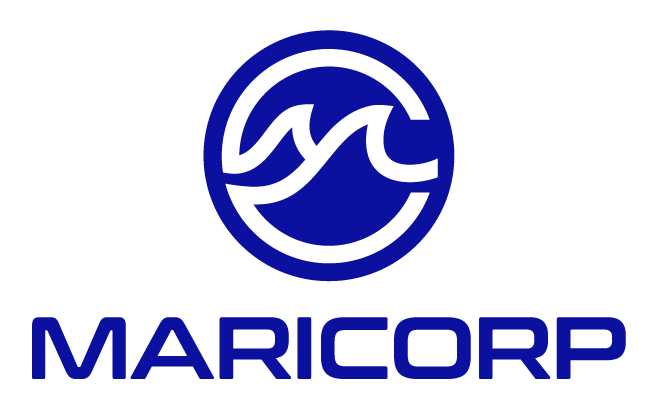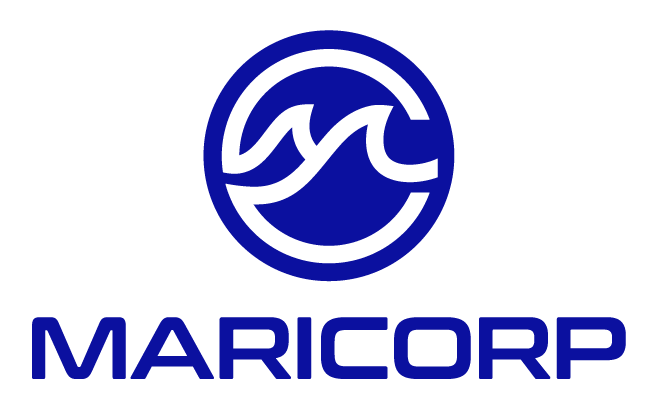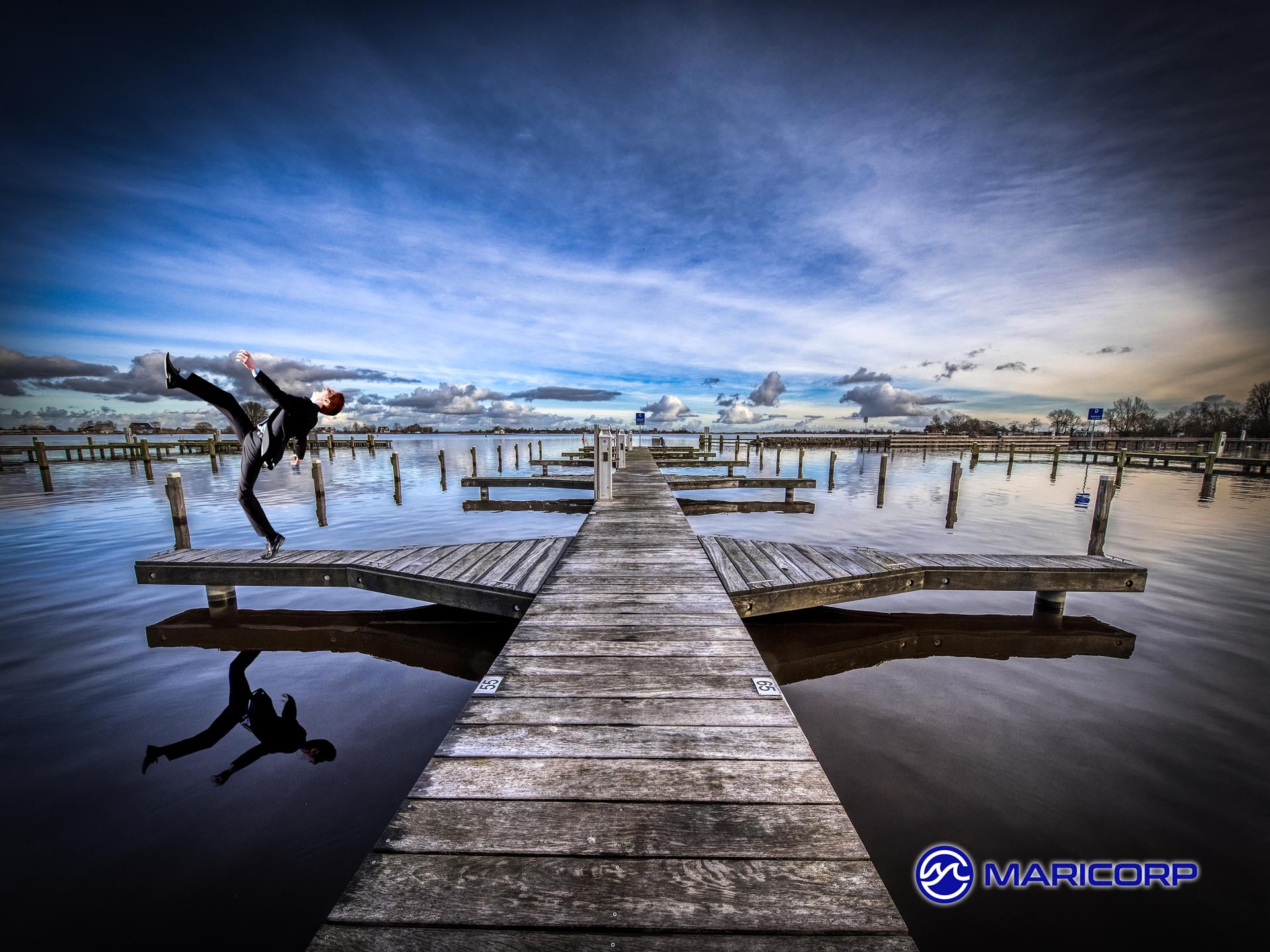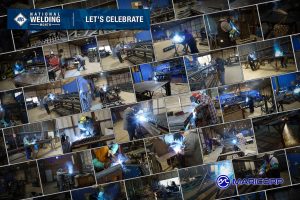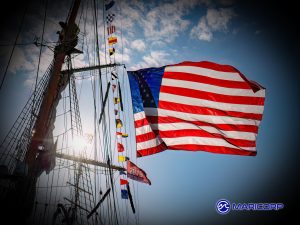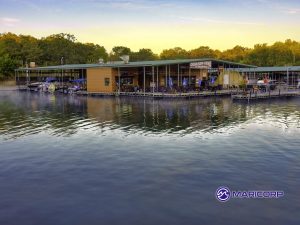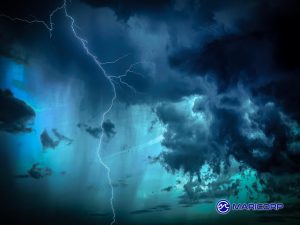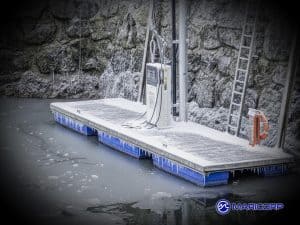Slip, Trip and Fall Prevention Tips
Stay on Your Feet: Preventing Slips, Trips, and Falls at the Marina
Water, weather, ropes, uneven surfaces—marinas bring together all the ingredients for unexpected slips and falls. While boating safety often focuses on equipment, fire hazards, and emergency procedures, one of the most common sources of injury in marina environments remains far more basic: losing footing on the dock.
Slip, trip, and fall incidents can happen in seconds but lead to serious consequences—especially near water, where injury can be compounded by drowning risk. For marina operators and boaters alike, taking practical steps to minimize these hazards is a crucial part of safety culture.
According to the National Institute for Occupational Safety and Health (NIOSH), falls are a leading cause of workplace injuries across industries. In recreational boating environments, that danger extends beyond staff to include visitors, children, pets, and contractors. Fortunately, many of the most effective fall prevention strategies are straightforward, cost-effective, and easy to implement during the busy summer season.
Common Risk Areas Around the Marina
Several areas around a marina are particularly prone to fall hazards:
- Fuel Docks – Where water and oil may collect on the surface
- Gangways and Ramps – Especially those that change slope with tide or floating docks
- Transition Points – From docks to boats, or from shore to ramps
- Dock Surfaces – Slippery when wet, especially untreated wood or worn composite
- Areas with Loose Lines, Cords, or Equipment – Including maintenance or service zones
Recognizing these zones allows marina operators to develop a focused inspection and maintenance plan, while also helping boaters stay alert when moving around the facility.
Key Fall Prevention Strategies for Marina Operators
- Use Non-Slip Dock Surfaces and Coatings
The right surface materials can significantly reduce risk. If you haven’t resurfaced in several years, evaluate your dock for traction issues.
- Use marine-grade non-slip coatings or anti-skid tape on high-traffic areas
- Replace or repair loose or splintering boards
- Consider retrofitting older docks with textured composite decking or gritted paint for better grip
Facilities can significantly reduce fall risks by installing slip-resistant decking and ensuring dock surfaces have proper drainage. The National Oceanic and Atmospheric Administration’s NOAA Coastal Handbook recommends using bonded synthetic non-slip panels or textured coatings on docks and gangways, which help improve traction and accelerate drying times—critical for accident prevention in marina environments
- Keep Walkways Clear of Trip Hazards
Even well-designed surfaces become hazardous if cluttered with ropes, hoses, tools, or personal gear. Establish and enforce a “clear walkway” rule.
- Install hose reels and rope hooks to elevate lines off the walking path
- Regularly inspect dock boxes for protruding hardware or sharp edges
- Assign marina staff to walk key areas daily and address obstructions
- Install Adequate Handrails and Grab Points
Transition zones—such as steep gangways, boarding platforms, and launch points—should be supported with sturdy, corrosion-resistant handrails.
- Add vertical grab bars near boat ramps or kayak launches
- Ensure gangway handrails extend to the full length of the slope
- Place warning tape or reflectors at elevation changes or steps
For guidance on accessible routes, handrails, and dock structure, reference the ADA Accessibility Guidelines for Recreation Facilities: Boating Facilities (Chapter 10) issued by the U.S. Architectural and Transportation Barriers Compliance Board. These standards lay out practical requirements for gangway slope, handrail dimensions, and route width to help prevent trips and support safe, inclusive access.
- Apply Visual Markings for Awareness
Visual contrast can help reduce missteps. Use high-visibility paint or strips to highlight:
- Edges of docks and gangways
- The beginning and end of ramps or stairs
- Dock fingers and load zones with elevation changes
Yellow, white, or reflective paint is ideal for visibility during both day and night. These markings should be refreshed regularly as part of your maintenance schedule.
- Improve Drainage and Drying Time
Standing water not only wears down dock materials, it creates algae growth and slipperiness.
- Clear scuppers and drainage channels weekly
- Use pressure washers to remove biofilm or mildew
- Install temporary “Wet Dock” signage after rain or cleaning
Facilities looking to reduce fall risks should regularly inspect walking surfaces, dock transitions, and gangways for warping, algae, loose boards, or exposed hardware. Consider upgrading to slip-resistant decking materials or applying anti-slip coatings where appropriate. For detailed design and safety recommendations, the National Park Service’s Marina Standards offer practical guidance on dock surfaces, handrails, and structural maintenance aimed at preventing common marina injuries.
What Boaters Can Do to Reduce Risk
While marina operators play a lead role, boaters also carry responsibility for safety.
- Wear proper footwear – Non-slip, closed-toe shoes are safer than flip-flops or barefoot walking
- Secure all lines and cords – Keep your power cords, water hoses, and dock lines neatly coiled or tied off
- Board and disembark carefully – Keep at least one hand on a grab rail and avoid jumping across gaps
- Alert marina staff to hazards – If you notice a damaged plank or standing water, let the office know
Boating safety initiatives like those from the BoatUS Foundation emphasize how unsafe boarding practices can lead to falls overboard. Their Crew Overboard Prevention Tips specifically advise boarding one person at a time, stepping into the center of the boat, and keeping decks uncluttered—all essential steps to reduce accidents during boarding or disembarking
Training Staff to Be Proactive
Slip and fall prevention can be folded into existing staff routines and safety training. Consider the following:
- Make daily dock walks part of your opening checklist
- Train staff to spot and address trip hazards as part of their duties
- Create a quick reporting process (radio, app, or log sheet) to track hazards that need repairs
If your marina uses maintenance software such as UpKeep or Maintenance Connection, create a task category for dock surface or fall hazard issues.
Slip-and-Fall Incident Response
Despite best efforts, accidents can still happen. How your team responds can reduce the impact and protect your reputation.
- Keep a well-stocked first-aid kit accessible on the dock and in the marina office
- Train staff in basic first aid and incident reporting
- Document all incidents, including photos and witness statements if appropriate
- Use each incident to review your dock safety checklist and address the root cause
Some marinas include slip-and-fall scenarios in their annual safety drills, pairing them with fire or ESD incident rehearsals.
Enhancing Safety Culture Through Communication
Safety awareness shouldn’t be limited to internal staff. Use signage, newsletters, or short email reminders to keep fall prevention top of mind for boaters.
Sample reminders:
- “Please keep dock lines stowed to protect your neighbors.”
- “Non-slip shoes recommended on all marina docks.”
- “Report wet or damaged dock areas to the office immediately.”
Consider including a dock safety tip as a standing item in your summer newsletters or social feeds.
Docks and walkways will always be busy places during boating season—but they don’t have to be hazardous. With routine inspections, smart design choices, and shared responsibility among staff and boaters, marinas can significantly reduce the risk of slip-and-fall injuries. Staying upright might not be the most exciting part of the boating experience, but for many, it’s the difference between a great day on the water and a preventable trip to urgent care.
Related Articles:
- 4 Reasons to Switch to LED Lighting in Your Marina
- Annual Inspection of Attenuators and Wave Walls
- Small Changes, Big Impact – How Marina Owners Can Enhance Customer Experience
- Wireless Marina Metering Systems
About MariCorp
Maricorp is one of the largest floating boat dock manufacturing and construction companies in the United States, specializing in galvanized steel floating docks and boat lift systems. With projects spanning coast-to-coast, Maricorp provides marina consultation and design, marine construction, marina repair and renovation, and boat dock disaster response and demolition.
